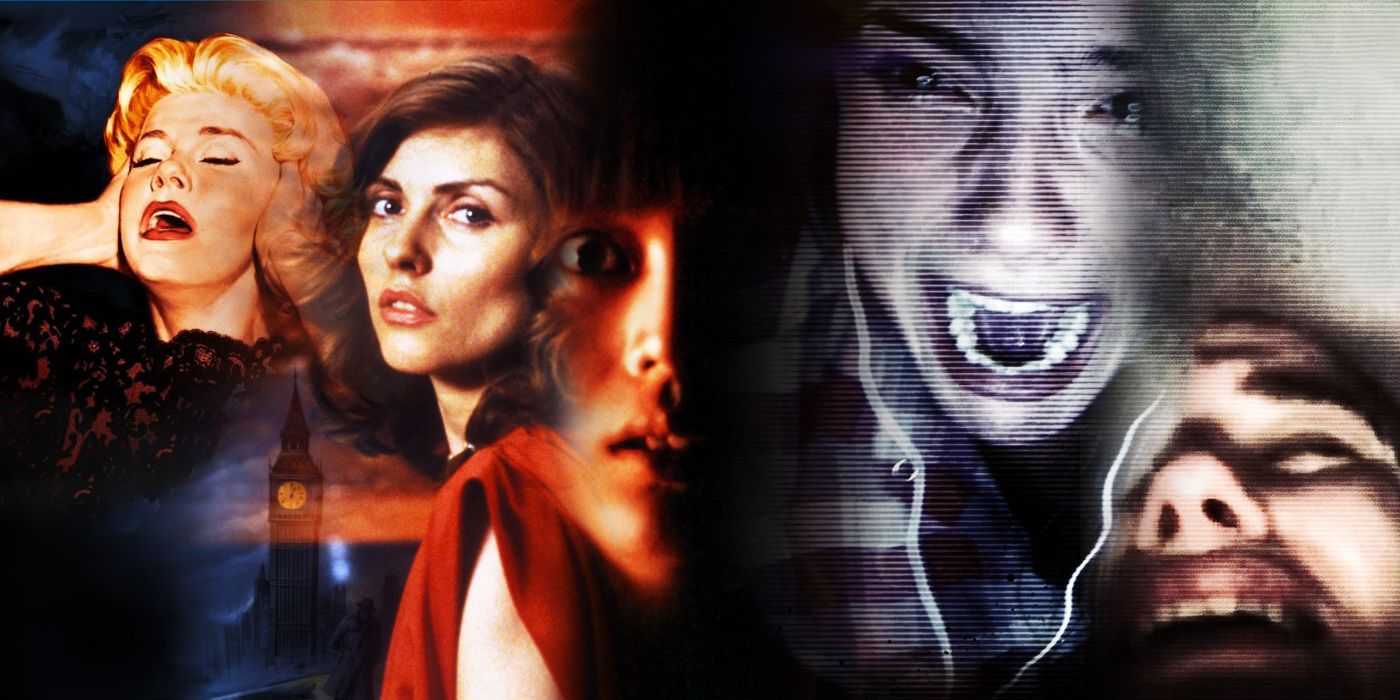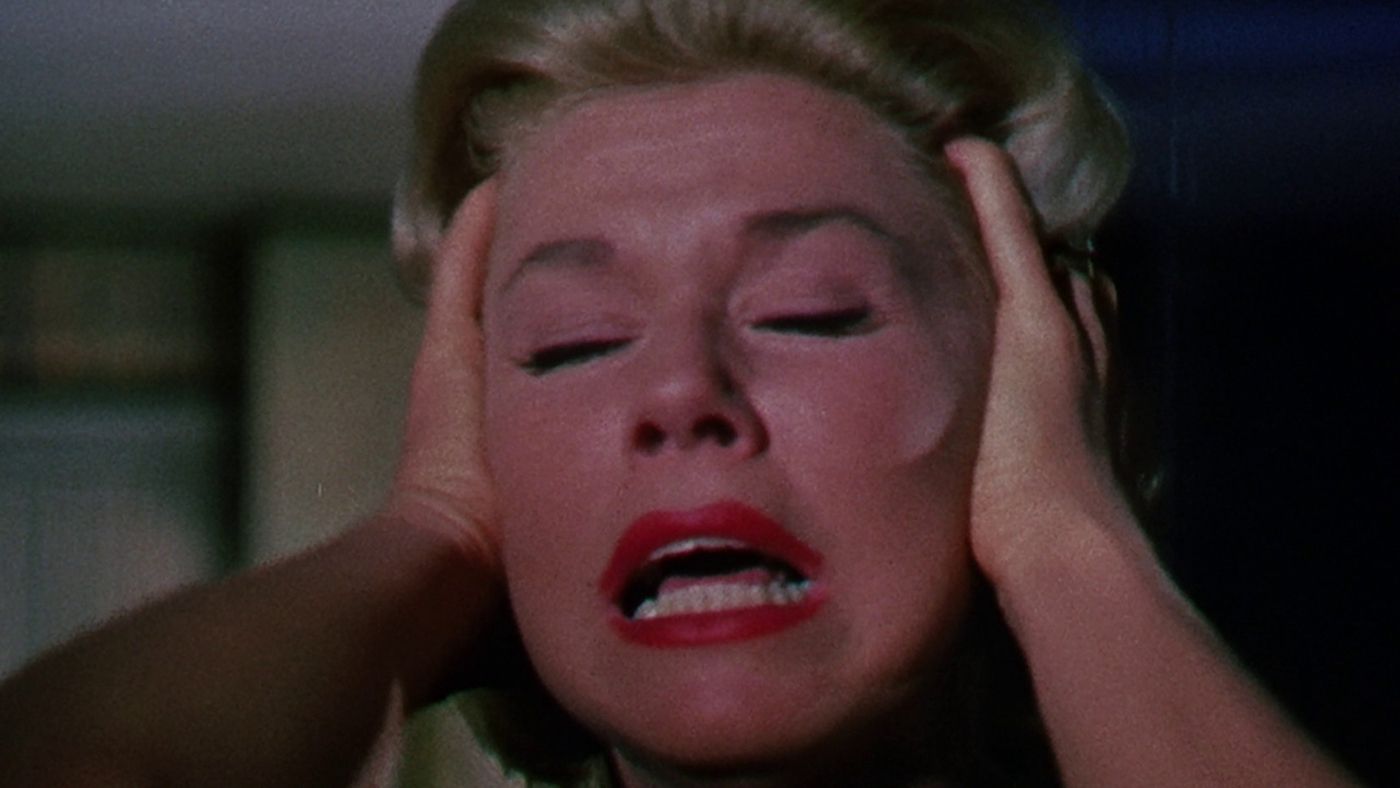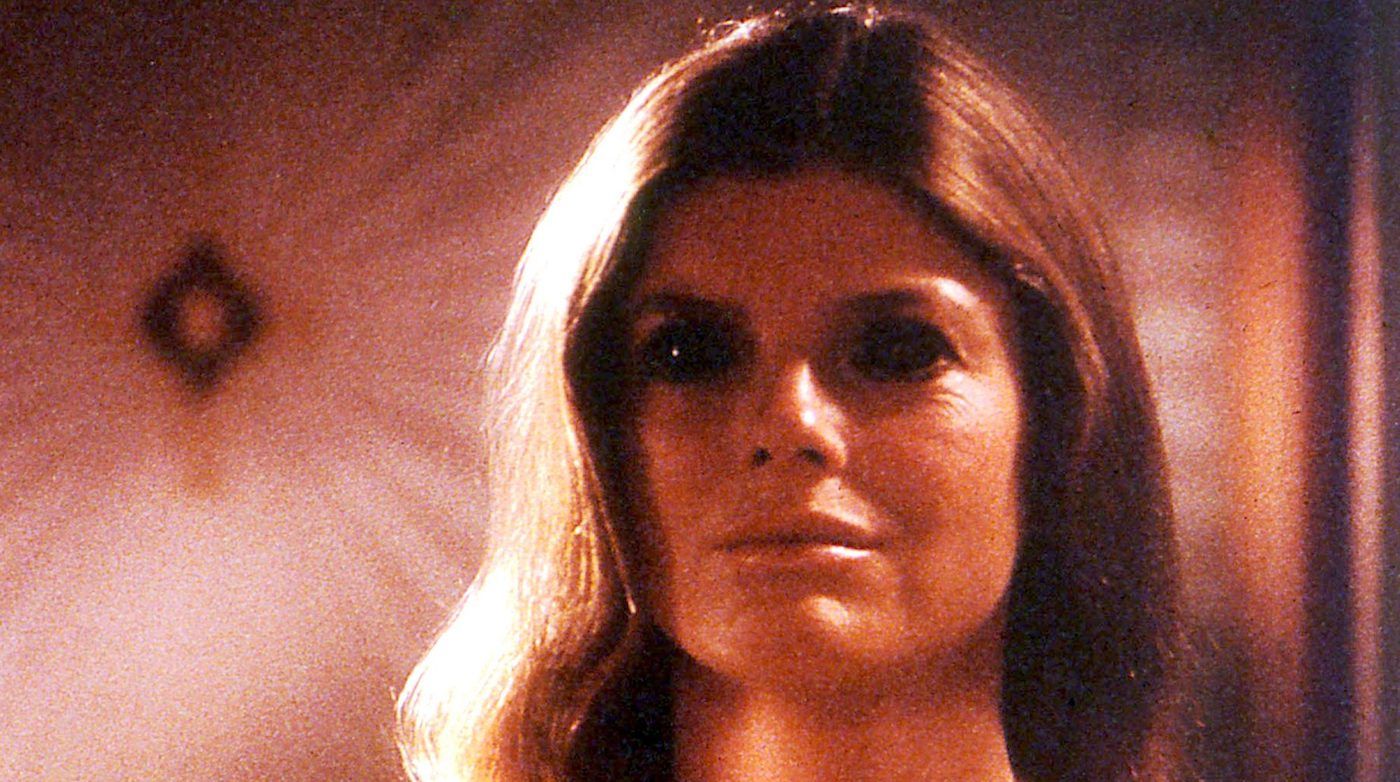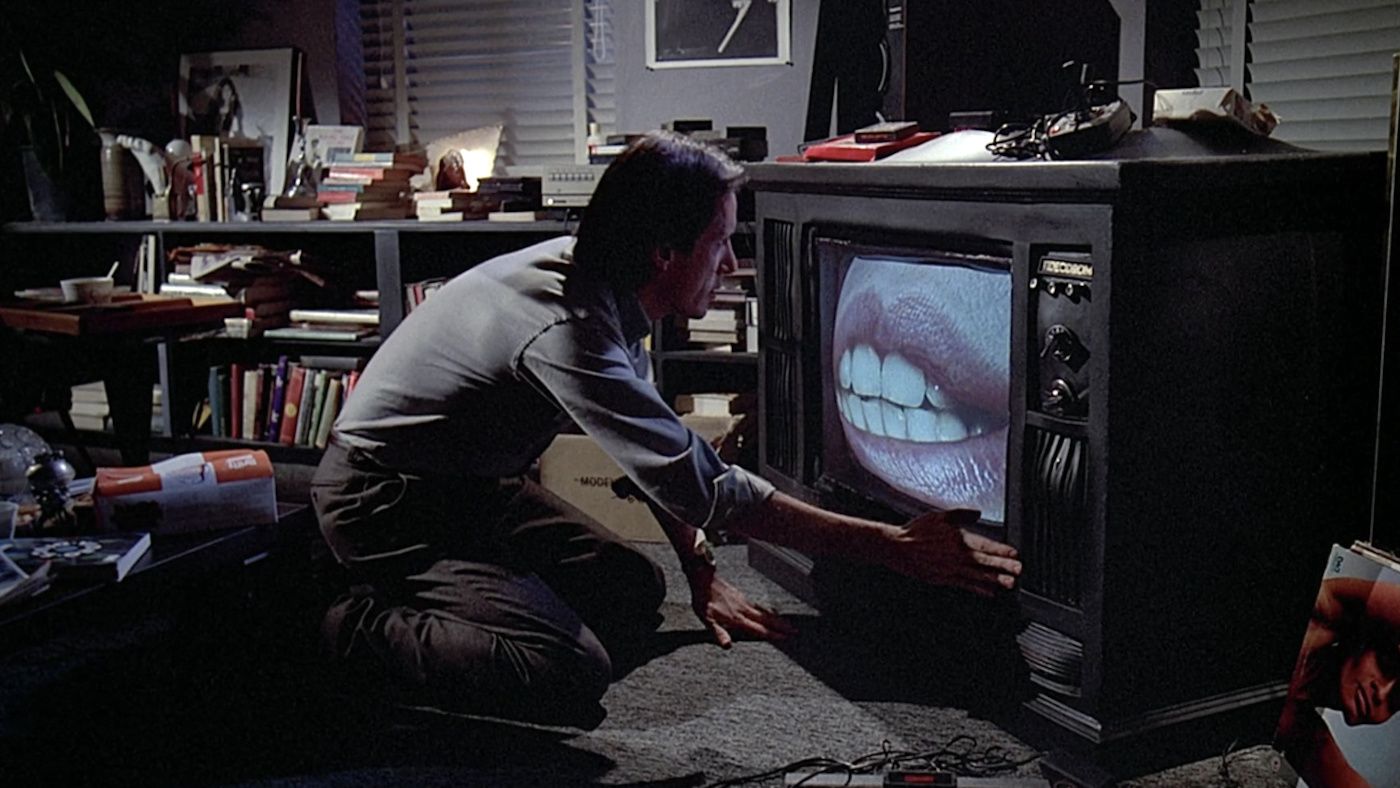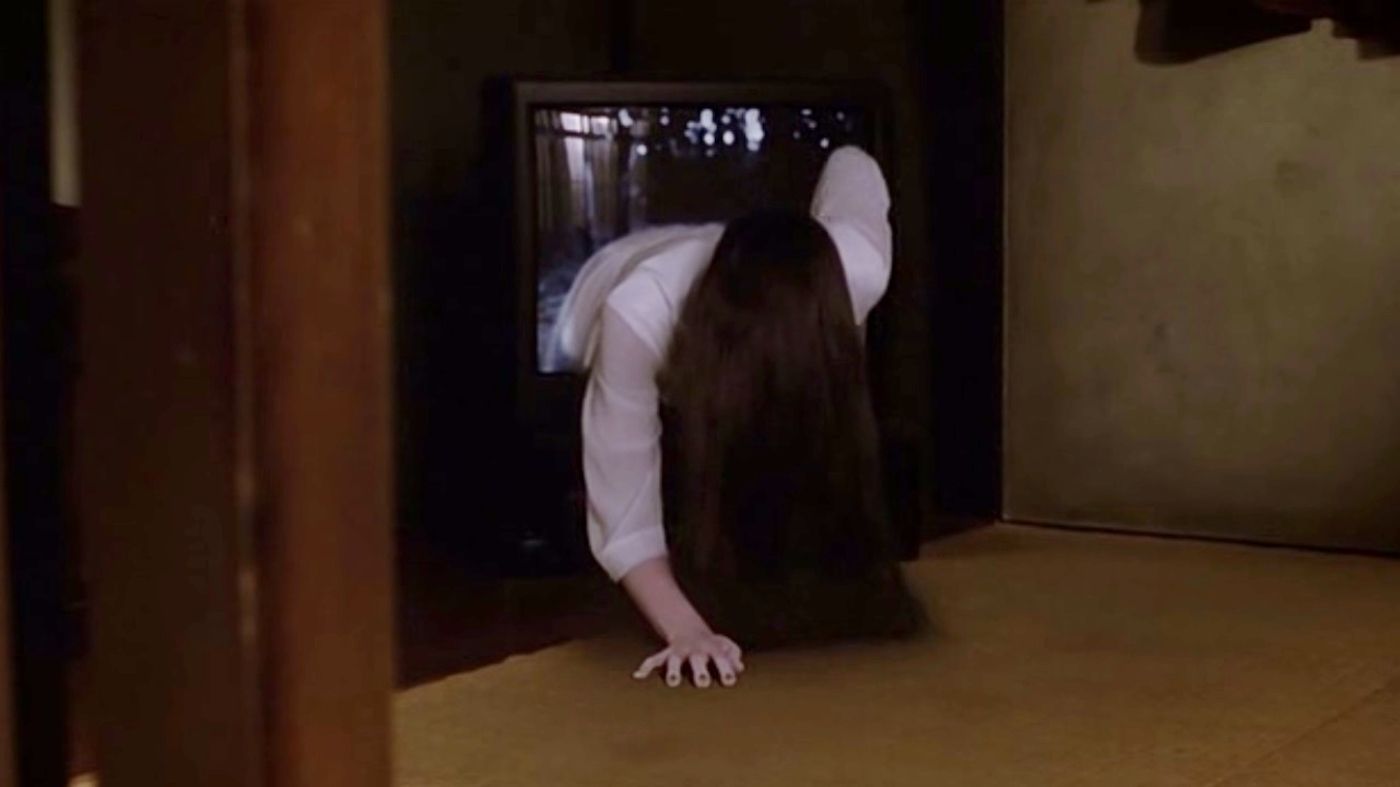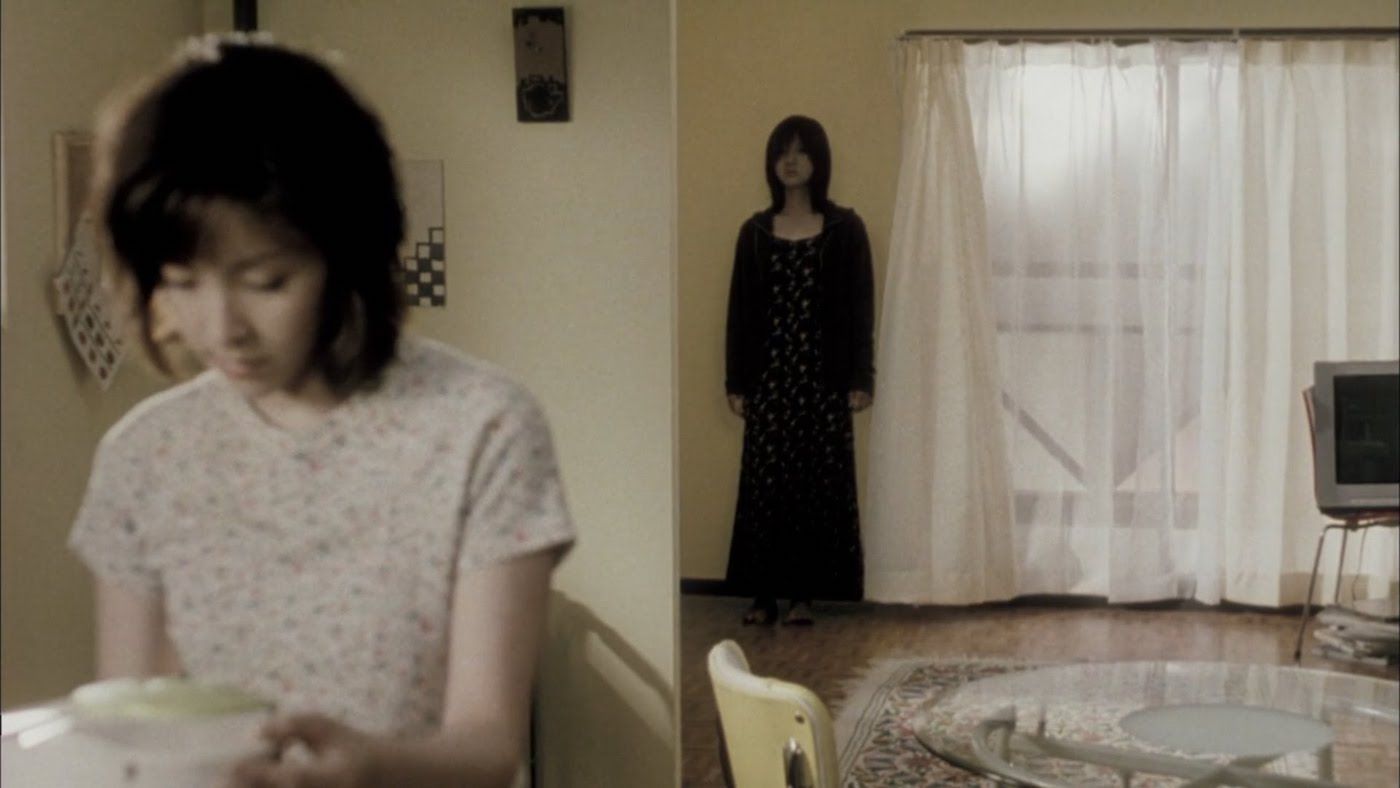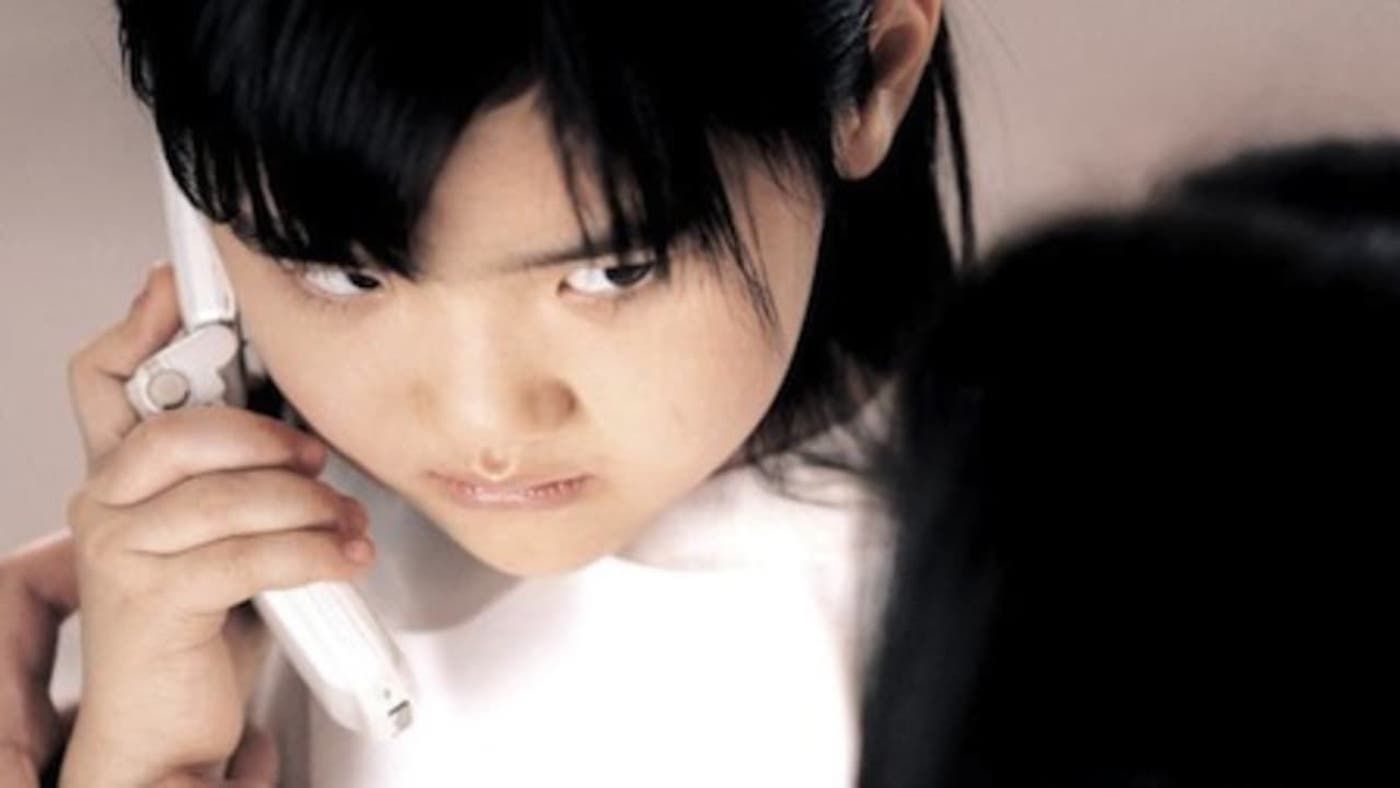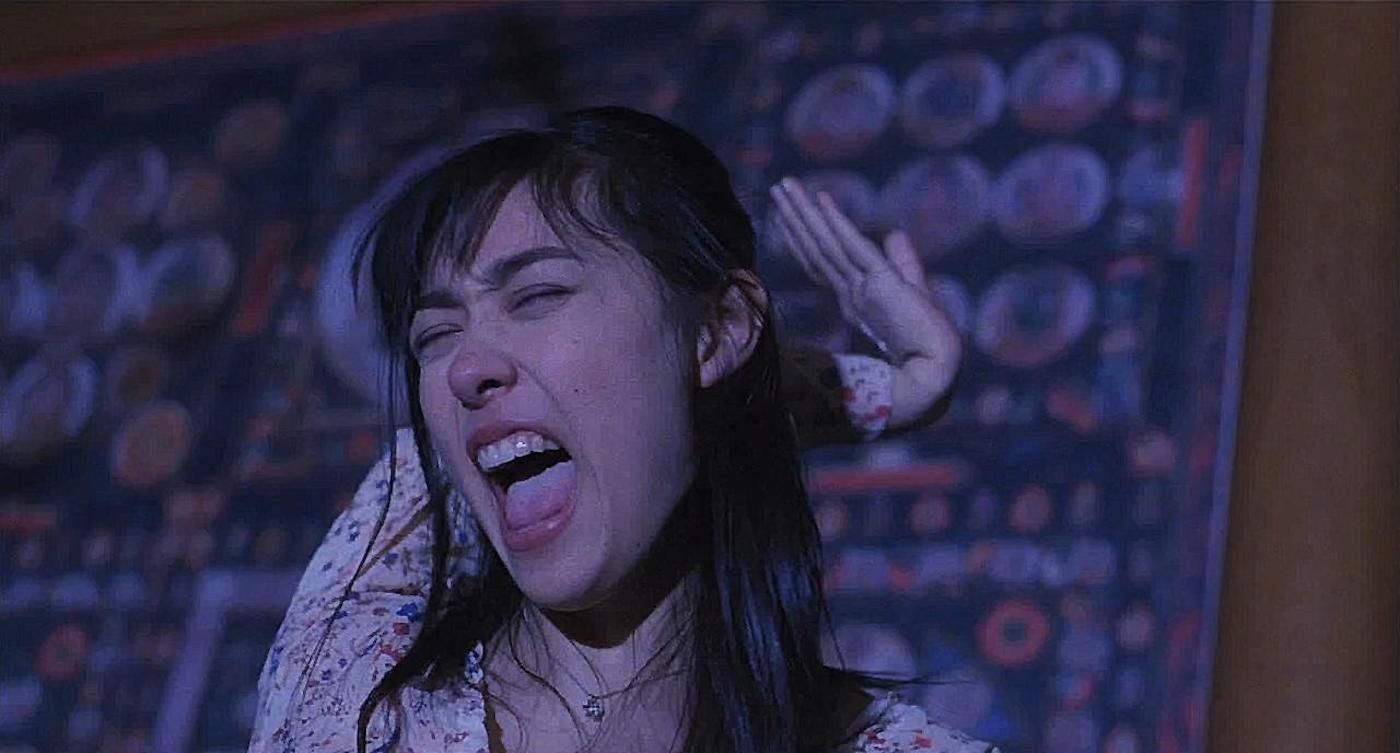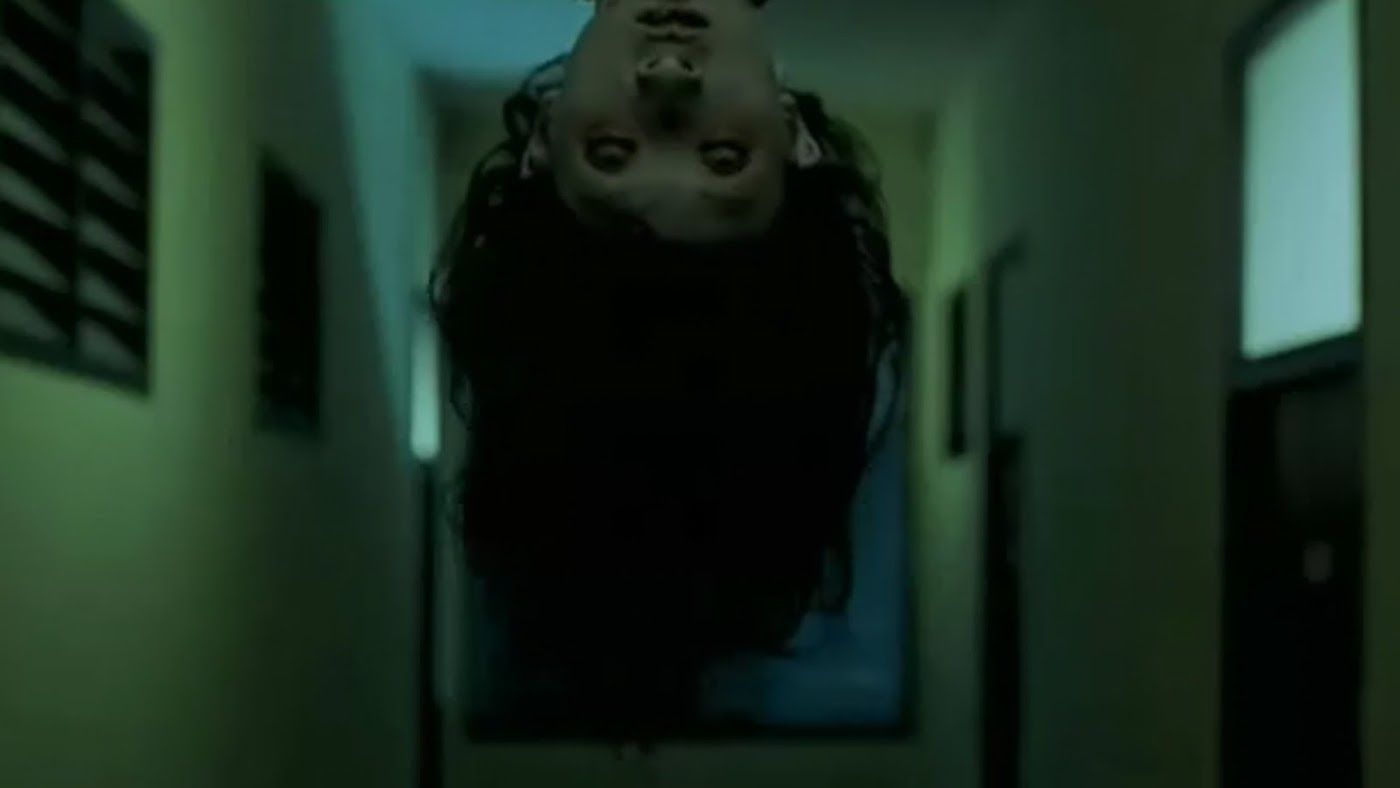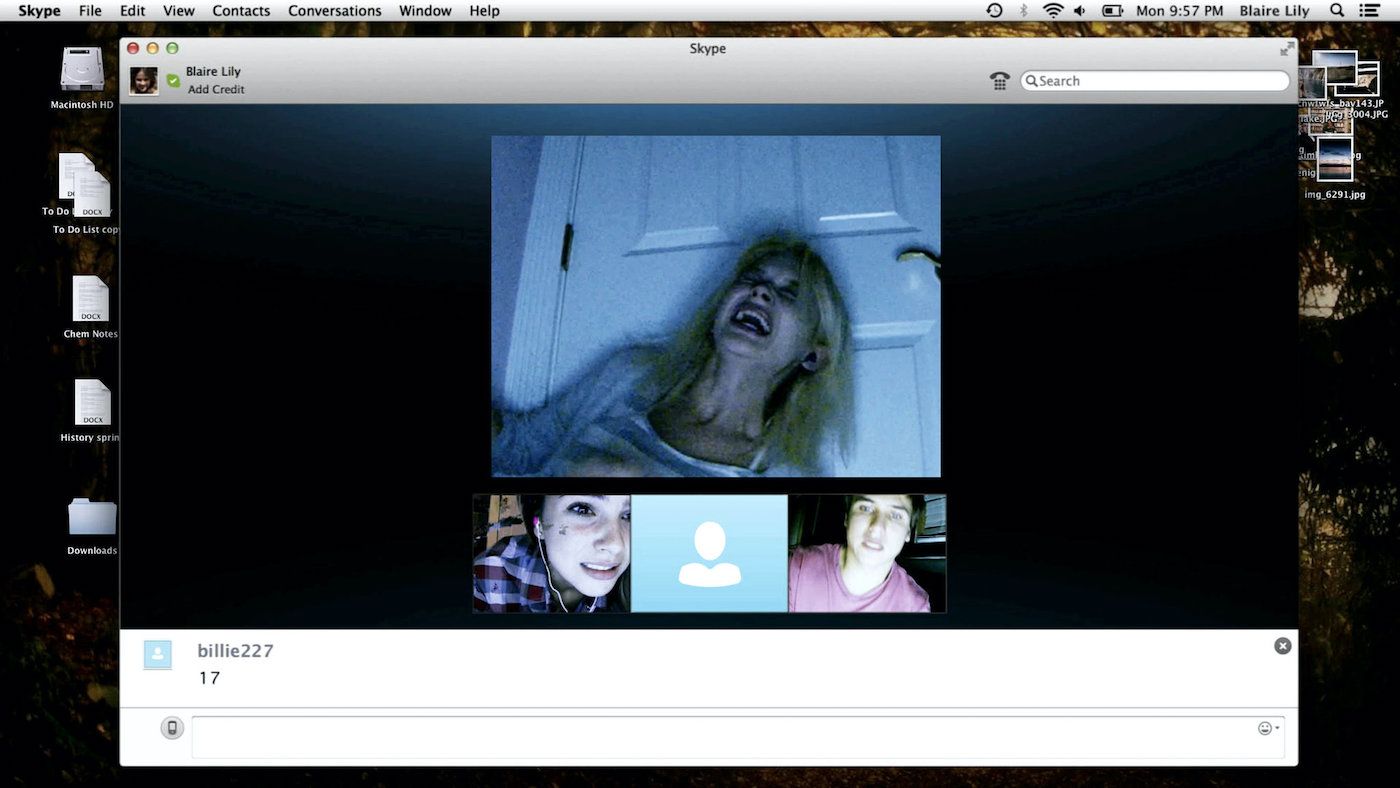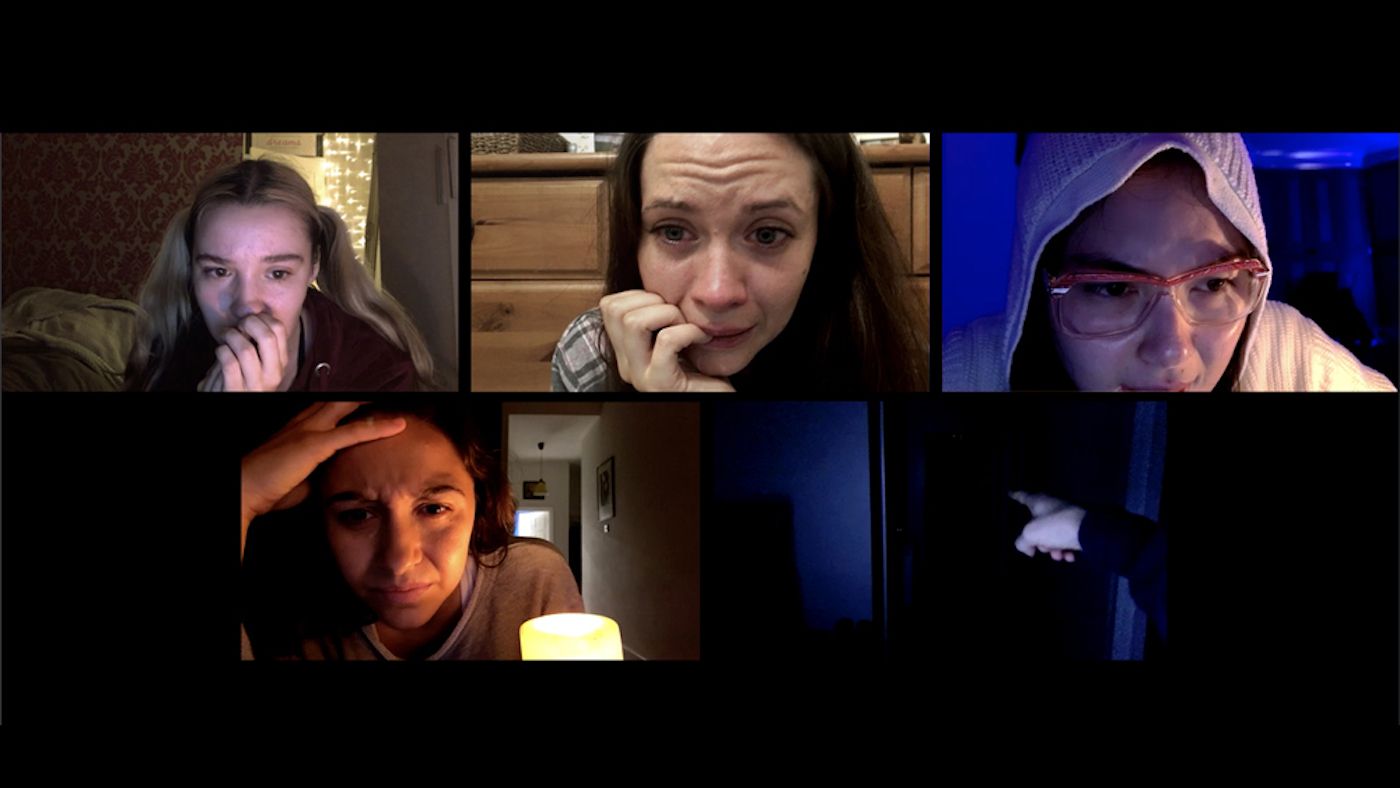Techno-horror is a subgenre of horror that overlaps heavily with science fiction. On the surface, a typical techno-horror will follow possessed machinery or devices being misused with malicious intent. Upon digging a little deeper, however, it becomes clear that these films also tend to provide commentary on the role of technology within society. As technology has developed through time, it’s become a source of scapegoating and moral panics. Sometimes techno-horror takes these moral panics and turns them into a thing of genuine terror using possession, ghosts, stalkers, demons, and more. What is new is often treated as terrifying – with technology, there is seemingly always something new to fear. Although some core themes are shared across many techno-horrors, the commentary presented in each film is often reflective of the time the film is made in. These are ten films that trace the development of techno-horror and their commentary since the genre started rising to popularity in the 1960s.
Midnight Lace (1960)
Doris Day makes for an unlikely scream queen in this psychological thriller following a woman, Kit Preston, who receives mysterious and threatening phone calls from a demonic voice. However, no one around Kit believes her cries for help, as her harassment always happens when she’s alone: generally in the private bubble of a telephone call. Midnight Lace feels like a techno-horror remake of Thorold Dickinson’s Gaslight. As the film progresses, even the viewer questions the reliability of the narrator. Midnight Lace tackles anxieties surrounding the manipulation of the truth by taking advantage of what is opaque – setting the tone for many techno-horrors to follow. It isn’t only the telephone that plays into the technological elements on the film, but also handheld cassette tapes and audio manipulation – proving to be immensely innovative and shocking for films of the time.
The Stepford Wives (1975)
Unlike the campy 2004 horror-comedy remake following Nicole Kidman and Bette Midler, the original Stepford Wives (1975) uncovers the horrors of suburbia that are hidden by supposed perfection in a truly harrowing and hopeless film. Negligent husbands replace their wives with subservient androids when they become too independent-minded, allowing them to keep the “perfect” housewife. Based on Ira Levin’s 1972 novel of the same name, The Stepford Wives provided commentary on the rise of the Women’s Liberation Movement and the “Cult of Domesticity” in the United States. The “Cult of Domesticity” is at times referred to as the “Cult of True Womanhood”, pertaining to certain values and gender roles women are expected to adhere to within a patriarchal society. These values – piety, purity, submission, and domesticity – are reflected in the behaviors of the Stepford androids. This film represents the fear that as women try to take their rights, they will be reduced to their expected roles, forcefully if need be.
Videodrome (1983)
The David Cronenberg classic follows TV producer, Max Renn (James Woods), for the shlock Toronto network and his girlfriend and media personality, Nicki Brand (Deborah Harry), as they discover an alleged snuff film program called Videodrome. The commentary behind Videodrome takes a look at the perceived ways that people were thought to be affected by violent media, socializing folks to act in a certain way, and the concept that television “rules the nation”. While the layers of imagery and surrealism building up the world of Videodrome can make it, at times, hard to follow, the narrative of the film is generally clear and somewhat heavy-handed.
Centering on the catharsis versus desensitization debate surrounding violent TV and censorship, Videodrome deconstructs the boundaries between what is real and fake in television. The illicit shows broadcast through Videodrome seem to mirror the controversy of “video nasties”: explicit, cheap horror films that wouldn’t get past censorship boards at the time and so were released directly on VCR instead. The brutal content of these films was thought to lead to the viewers becoming desensitized to violence, even leading to acts of violence being committed themselves. This concept has been around since the introduction of home televisions in the 1950s and ‘60s as supported by behavioral research during that time, but as boundaries in TV and film were pushed throughout the 1970s and ‘80s, the panic seemed to spiral. Videodrome represents the competing debates around this topic at their height, although the topic continues to be debated today.
Ring (1998)
Ring (1998) is a delightfully creepy and tender ghost story following a cursed VCR that would kill anyone who watched it within a week. Following a pair of separated parents (Nanako Matsushima and Hiroyuki Sanada) trying to break the curse to protect their child, Ring is thick with themes of generational trauma, parenthood, and the changing role of women in society, but also with commentary on the growth of interconnectedness and globalization. Much of the conflict throughout the film is based in the way the curse spreads virally, spanning from a remote community on the volcanic island of Izu Oshima all the way down to individuals living in major cities in mainland Japan.
This may reflect concerns surrounding the loss of tradition and identifying cultural factors or dialects due to interconnectedness caused by globalization. Communities around the world that were previously self-contained are now reached by external cultures due to the spread of media and the rise of technology. While this is not necessarily a cause for concern in itself, there is the argument that this globalization leads to a loss of distinct identity in such previously preserved cultures. Ring presents the concerns raised by this phenomenon in the mid to late ‘90s in a way that has proven to be wildly influential across the genre.
Pulse (2001)
In delightfully dated fashion, this Kiyoshi Kurasawa ghost story follows a new internet service provider (ISP) connection that appears to connect unsuspecting folk to a network of ghosts via dial-up internet. Pulse follows two parallel stories of people who have been affected by this network in the wake of a string of suicides. While the internet helps to connect people, there has been lasting anxiety surrounding the idea that internet socializing is also compromising our ability to connect intimately with people face-to-face. Pulse also connects with the anxieties raised in Ring, centering on the negative consequences of globalization and interconnectedness.
A further key theme of Pulse is that of overcrowded cities and the lack of community spaces. Globally, suburbanization has increased rapidly since World War II, leaving people with a sense of displacement: where are the places to socialize? Predominantly, online. Whether we are interacting face-to-face or online could naturally impact our understanding of connection and intimacy, as the meaning of spending quality time together changes. The core feeling of Pulse is that the closer we get to one another, the further apart we feel.
Phone (2002)
An investigative journalist (Ha Ji-won) is forced to change her phone number because of harassing calls she receives after busting a pedophile ring. When she obtains a new phone number, it appears she has been allocated a cursed number originally belonging to a missing girl. As the story unfolds, it becomes clear that this film – similar to Midnight Lace – is about the loss of safety that comes with a loss of transparency brought about by the anonymity of technology.
Although this core theme is similar, the use of the telephone as a narrative device has grown vastly in capabilities since Midnight Lace, as cellular technology has become more sophisticated and complex over the last 42 years. A triangulation of sources, from voicemails and texts to obtuse emails, are used to piece together the mystery of the vengeful ghost in a way that wasn’t possible during the creation of Midnight Lace. Phone is an excellent example of how the ways in which these stories can be told have expanded massively, while the core themes and feelings of techno-horror have sustained throughout the decades.
One Missed Call (2003)
A chain reaction of people start receiving voicemails either detailing when they will die from their future selves, or hearing their own violent deaths in this beautifully surreal Yasushi Akimoto adaption. While the clairvoyant voicemails are the crux of the story, the techno-horror in this film is multifaceted, utilizing television broadcasts and video cameras to further the horror. The magnification of abuse and cycles of abuse are concepts that lie at the center of the story, with additional commentary on people’s refusal to look away from the terror but deny to help those affected by it also.
This subject matter comes up across a number of other techno-horrors, such as Ring and Phone, but this film also shares motifs with the much earlier Videodrome surrounding the desensitization to violence on TV, and the ways that suffering is sensationalized. One Missed Call creates an amazing turning point in techno-horror, moving towards utilizing the pluralism of technology that is available in contemporary society to tell its story to its fullest potential.
Shutter (2004)
While the vast majority of the other films in this list are about communicative technologies such as the internet and telephones, Shutter is a little different: it tells the story of a camera that seems to produce accidental spirit photography. There are vague myths and legends suggesting that photographs capture and trap the soul, stopping them from being able to return to the human or spirit world. Shutter, on the other hand, looks at analog photography providing representations of ghosts that are present, but unseen to the human eye.
Interestingly, despite the technology in question being non-communicative, a lot of the notions explored in Shutter are similar to the themes of later techno-horrors that operate around social media, such as Unfriended. It breaks down the effects of group behavior and groupthink, leading to the complicity in abusive behaviors. Besides this, the technology in this film is less used as a tool of commentary, and more as a medium to further the supernatural element of the story.
Unfriended (2014)
On the anniversary of a friend’s suicide which was provoked by a video of her intoxicated being uploaded onto the internet, strange happenings begin in this found-footage screen-capture horror. Told through a teenager's computer screen, Unfriended wasn’t the first interface horror – The Collingswood Story, for example, followed a similar formula using a webcam – it certainly made an impact on mainstream audiences for its visual style and novel storytelling device. Once again, the messages of the film revolve around the lack of transparency and privacy on the internet, evoking images of many techno-horrors past. However, as opposed to when its predecessors were made (such as in 2001 with Pulse), by this point the internet had grown beyond a thing of idle anxiety and into a great and uncontrollable beast.
Instead of looking at the knock-on effects technology can have on the culture or society as a whole, Unfriended zooms in on the effects it can have on the individual through the means of cyberbullying. The impact of targeted and abusive group behaviors as enabled by the internet is key to the story - unfolding a similar narrative to Shutter, but with more powerful tools to enable this abuse of power. As cyberbullying is a recent issue within society, many of the movie’s predecessors didn’t touch on the topic. Unfriended, on the other hand, presents the topic and its horrifying consequences through the medium of ghosts and possession. Ultimately, Unfriended uses the internet as a medium for abuse, but also for paranormal murder.
Host (2020)
In another interface horror, the Shudder original, Host, tells the tale of an online séance gone horribly wrong. Shot during the COVID-19 pandemic, Host makes the most of the situation by filming over Zoom, using bespoke filters created for the movie and innovative practical effects. While there is an element of necessity to shooting via screen capture because of when the film was made, this film still firmly cements itself among the pre-existing narrative of the techno-horror subgenre as it follows the interplay between each member of the group call. The group dynamic between everyone in the call leads to an “us-versus-them” dichotomy. The malevolent spirit is left feeling disrespected, ultimately causing it to wreak havoc on the central cast. The use of technology to tell the tale is effective both as a narrative device and also as a tool of commentary. The film acts as a perfect time capsule horror for the era it was made in, subverting the horrors of the pandemic using ghosts and demons instead.

